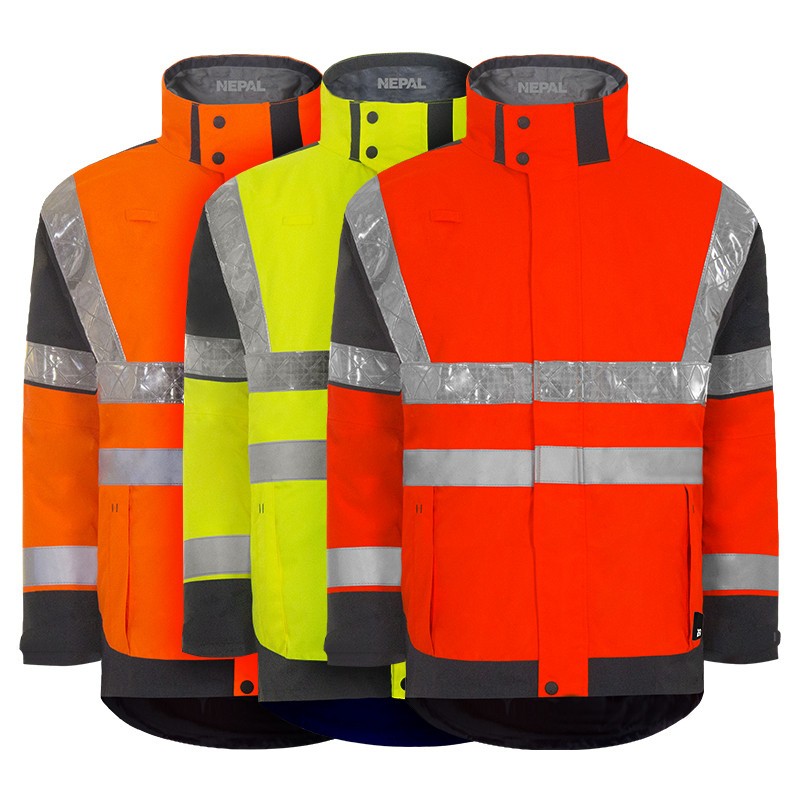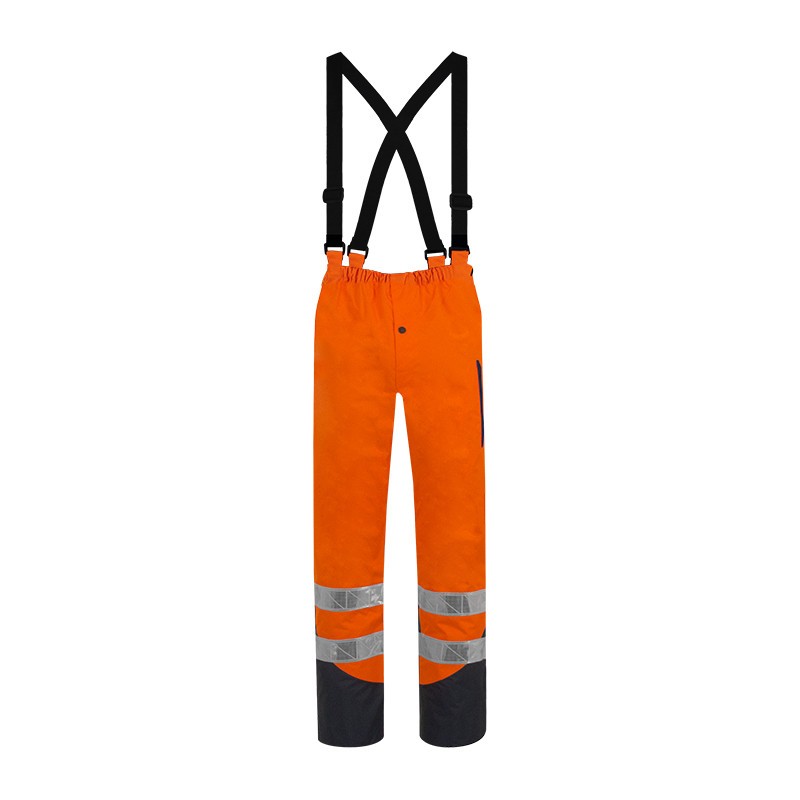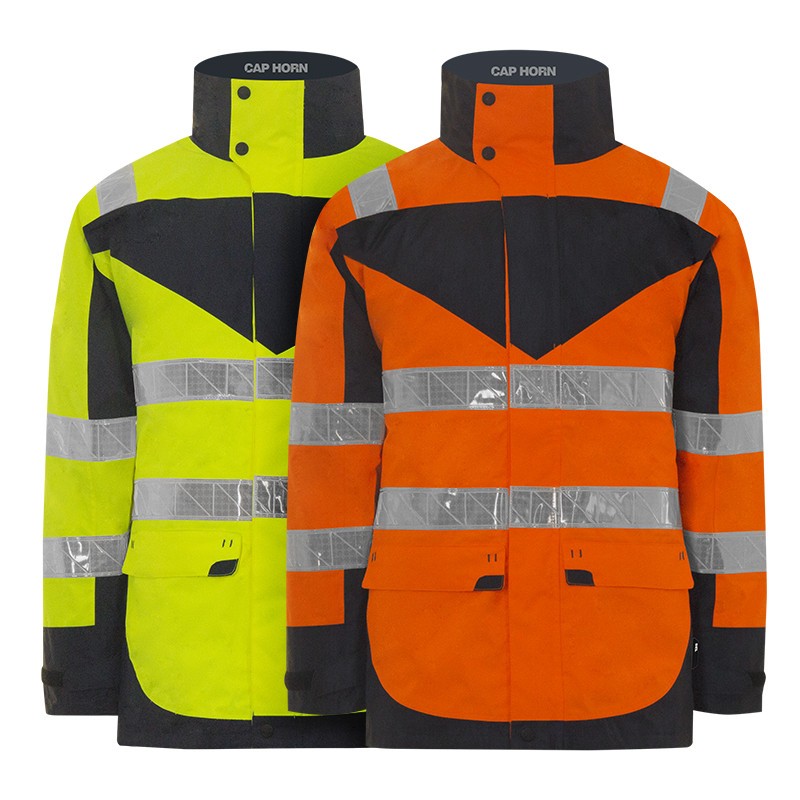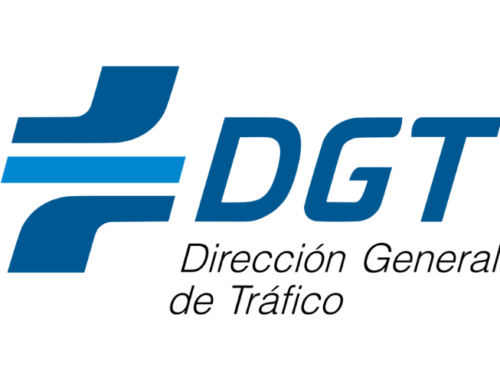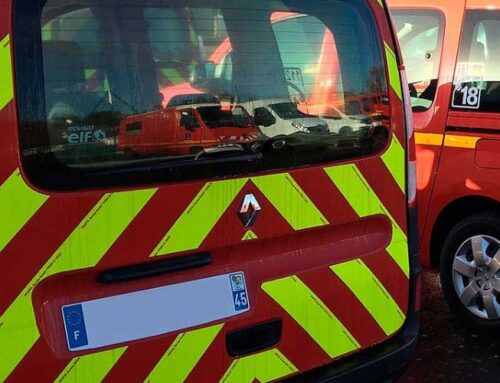The importance of waterproof clothing in maritime environments
Working conditions at sea require adequate protection against the elements. Foul weather gear for sailors is not just a barrier against rain or splashes: it is a key component to ensure safety, visibility, and thermal comfort during long working hours on board fishing vessels, merchant ships, or cruise liners.
On deck, crew members are exposed to wind, constant humidity, heavy rain, waves, and low temperatures. These conditions not only affect physical performance but also increase the risk of workplace accidents, especially from falls, slips, or impacts during delicate maneuvers. Waterproof clothing without proper certifications can become saturated with water, reduce visibility in low-light conditions, and compromise worker safety.
That is why shipowners, safety managers, and fleet operators must ensure their crew has technical clothing that complies with current regulations, is resistant, durable and ergonomic, and adapted both to deck maneuvers and work in damp interior areas.
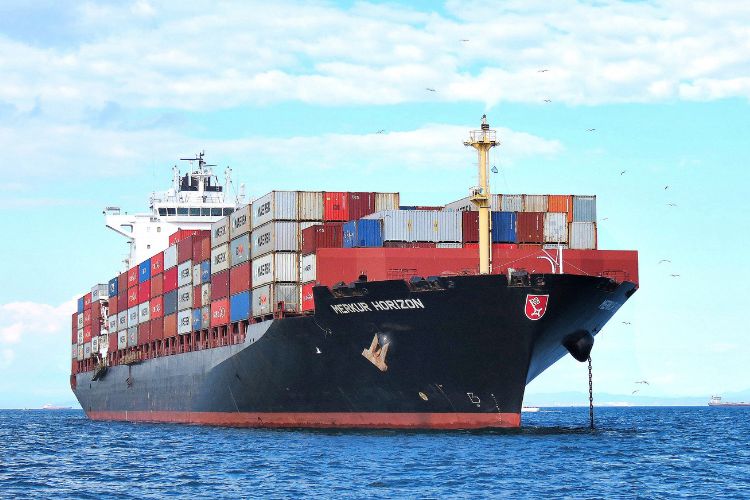
European regulations applicable to high-visibility and protective clothing
The choice of foul weather gear for sailors cannot depend solely on comfort or aesthetics. Garments must be certified in accordance with specific European regulations, ensuring their effectiveness under extreme conditions of humidity, reduced visibility, and low temperatures.
The most relevant standards for this type of clothing are:
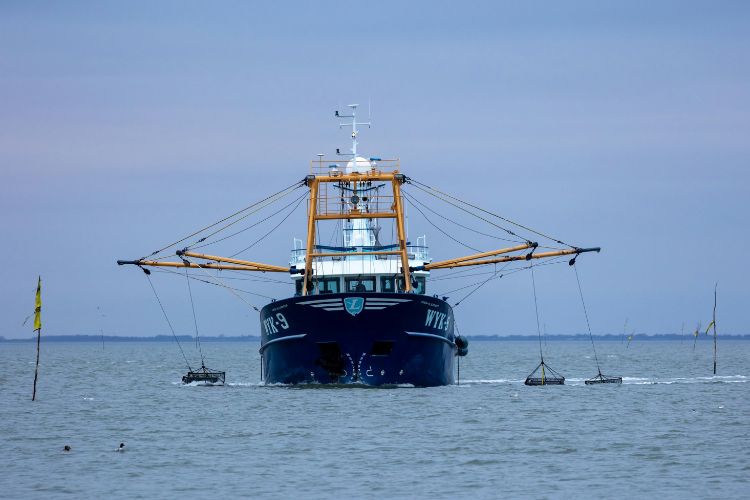
These certifications are mandatory for garments intended for work at sea or on deck. In sectors such as industrial fishing, ship maintenance, or cruise operations, compliance is a basic requirement for occupational risk prevention and crew safety.
What risks does waterproof clothing protect against in the maritime environment?
The maritime environment is one of the most demanding and hostile work settings. Continuous exposure to humidity, cold, wind, rain, and saltwater splashes, combined with the constant movement of the ship and physically demanding tasks, makes it essential to have appropriate technical clothing to safeguard the crew’s health and physical integrity.
Among the main risks faced by sailors are:
Therefore, certified professional foul weather gear not only provides comfort during long shifts but also acts as a preventive barrier against the main occupational accidents on fishing vessels, merchant ships, tugboats, or cruise liners.
Examples of foul weather gear for sailors: maximum protection and visibility
At T2S Ibérica, we offer technical garments that meet the most demanding requirements for onboard work in extreme conditions of humidity, cold, and reduced visibility. Below, we highlight some models especially suitable for maritime crews, on both fishing vessels and cruise or large ships.
If you need personalized advice on high-visibility waterproof clothing for maritime environments, contact our technical team. At T2S Ibérica, we will help you select the most suitable garments for your crew, ensuring regulatory compliance, comfort, and safety during every shift at sea.
Protection, standards, and trust for maritime environments
Crew safety at sea is an absolute priority. Whether on large fishing vessels, cruise ships, or industrial ships, the use of certified foul weather gear and high-visibility clothing can make the difference between a safe shift and a preventable incident. Constant exposure to adverse weather conditions, slippery surfaces, and low-visibility environments requires textile solutions that meet the highest European standards.
At T2S Ibérica, we offer a complete range of technical garments compatible with the demands of the maritime environment, combining waterproofing, high visibility, durability, and comfort. Our catalog, backed by EN ISO 13688, EN ISO 20471, and EN 343 certifications, equips maritime professionals with the confidence of being protected at all times.
Do you need to equip your crew with certified foul weather gear? Are you looking for technical advice to comply with onboard safety regulations?
Contact our team and let us help you choose the right garments for your maritime activities. At T2S Ibérica, we are committed to professional safety on land, at sea, and on the road.

